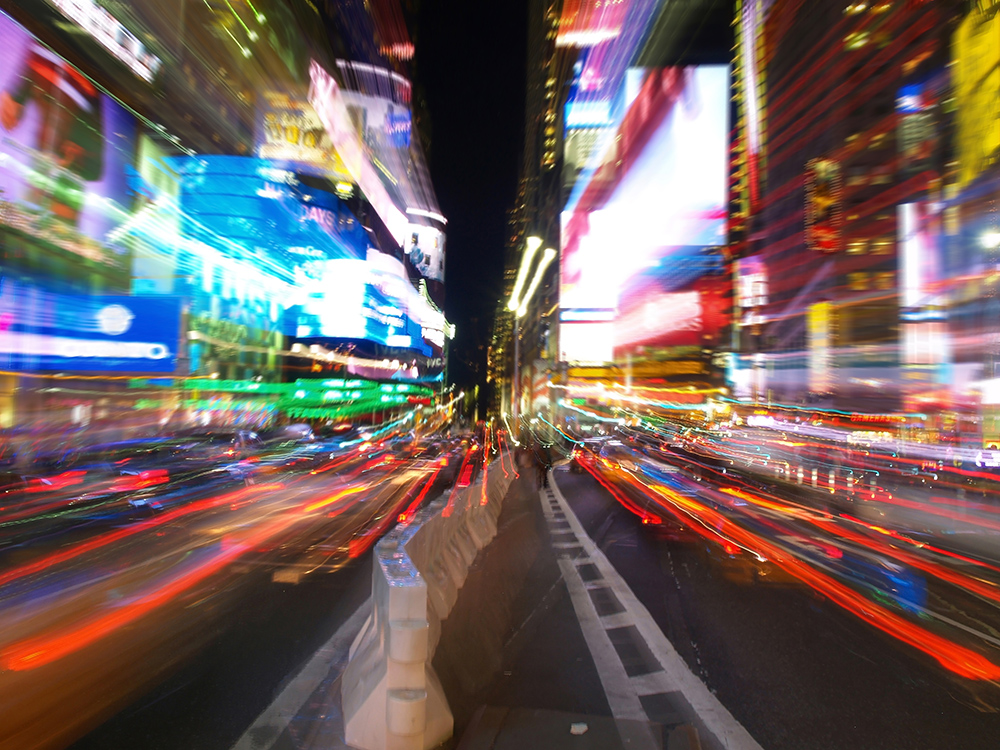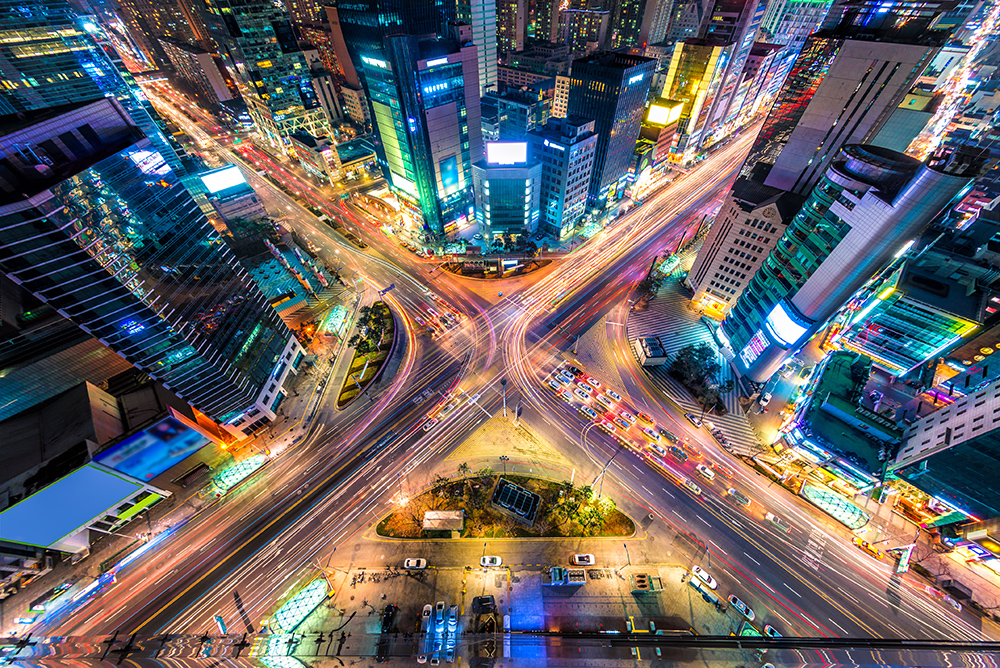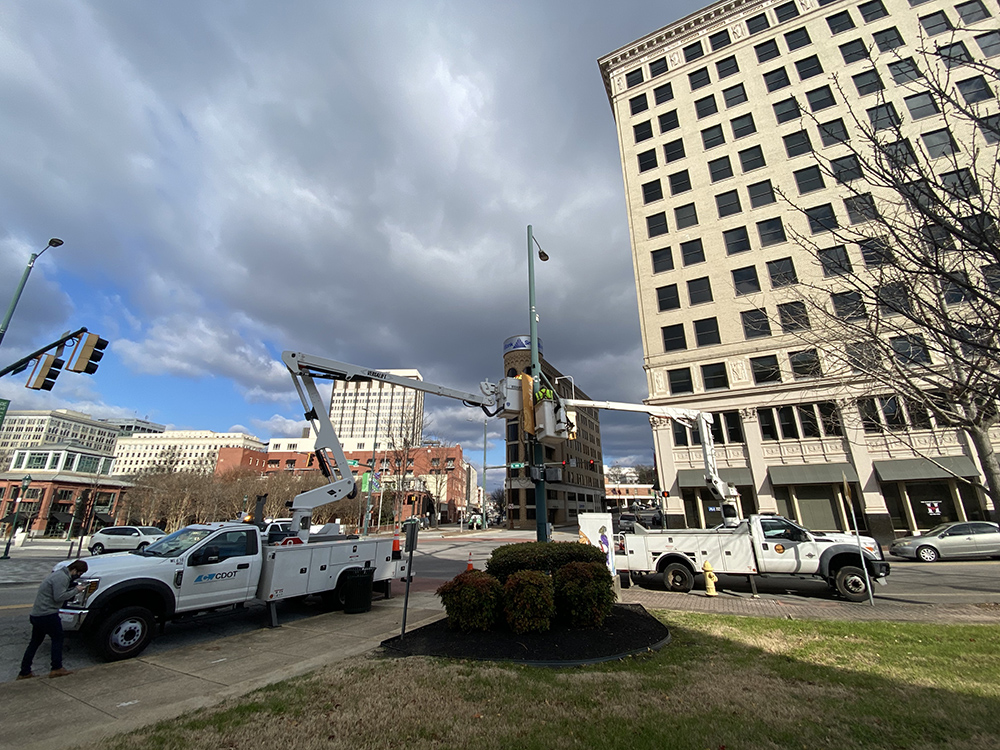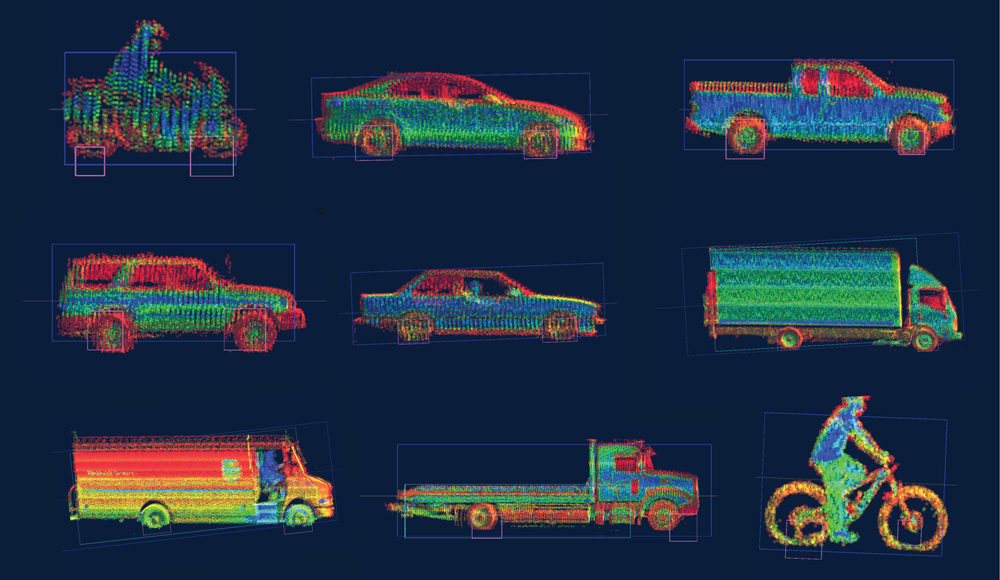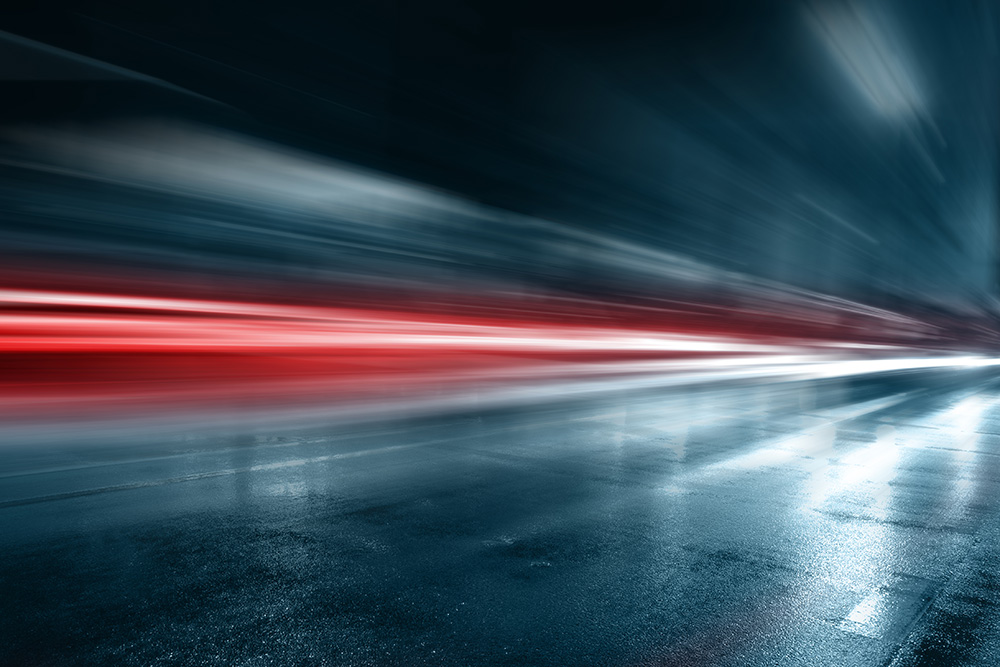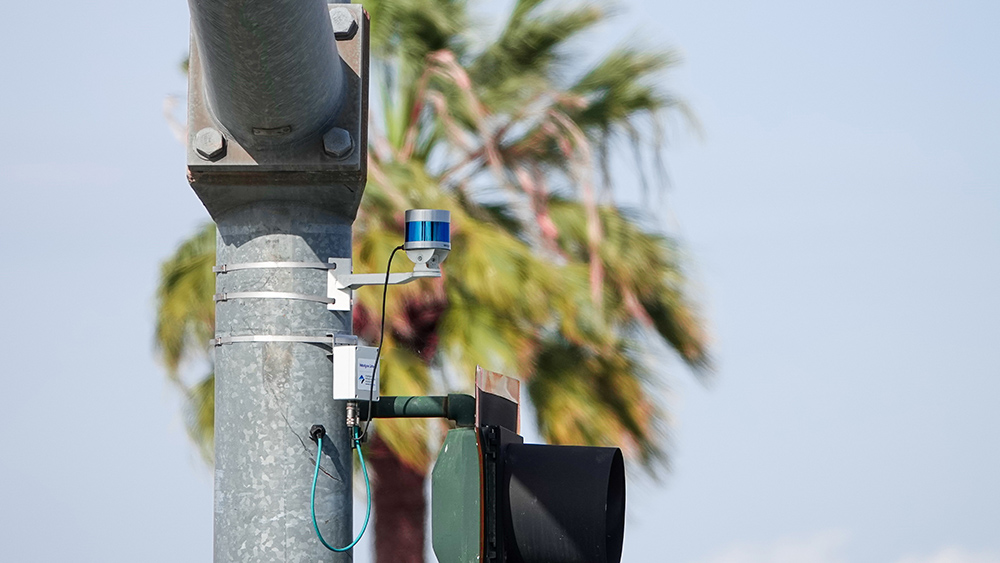
Lidar’s attributes - reliable and precise object detection in any light or weather, with an accurate 3D image of the environment (unlike cameras), in high resolution (unlike radar), all while maintaining personal privacy – make for a compelling story when it comes to smart traffic and automotive.
 “Lidar technology is unique in both its ability to provide 3D spatial intelligence and in its reliable detection in all lighting and all weather conditions, making it an ideal solution for many industries that seek to achieve efficiency or safety in various applications and systems that involve tracking or measuring the movement of objects or determining the volume of an object or space,” says AEye VP of strategic initiatives, Akram Benmbarek.
“Lidar technology is unique in both its ability to provide 3D spatial intelligence and in its reliable detection in all lighting and all weather conditions, making it an ideal solution for many industries that seek to achieve efficiency or safety in various applications and systems that involve tracking or measuring the movement of objects or determining the volume of an object or space,” says AEye VP of strategic initiatives, Akram Benmbarek.
Its suitability for applications in traffic safety and the development of autonomous vehicles have boosted Lidar’s profile in the ITS world.
What’s next for Lidar?
But it’s a mature technology and other areas of interest are constantly opening up. So in terms of deployments, what can we expect from Lidar over the next 12 months?
Benmbarek sees it as a critical sensing modality for industries such as robotics, industrial and construction automation, railroad and logistics.
“Lidar still needs to focus on two main objectives: performance and cost,” says William Muller, VP of business development, Seoul Robotics. “Once you can perfect that recipe, there's no limits: anywhere you put any other sensing technology, you can position Lidar.”
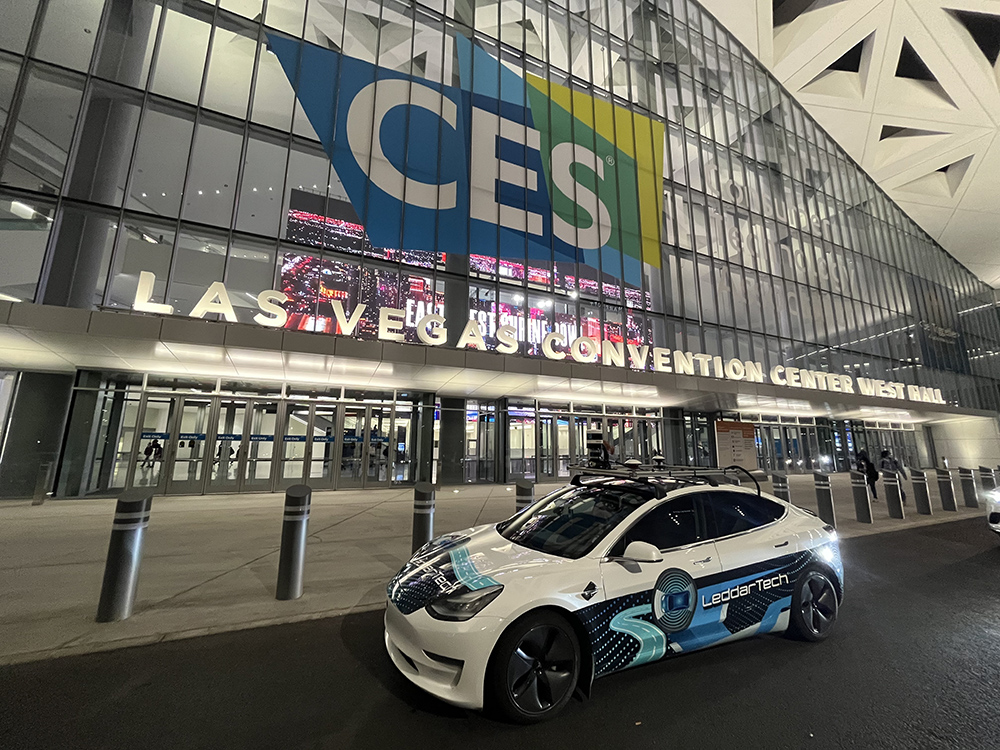
“The demand for Lidar technology will continue to increase, driven especially by many other applications outside automotive, including Smart City ones, thanks to the initial investment made in the context of self-driving cars R&D,” thinks Raoul Bravo, founder of Outsight. “In the coming year, we can expect to see Lidar solutions being deployed at scale and not only in proof-of-concept contexts.”
For Steve Bird, CEO of Red Fox ID, Lidar will continue to be an important sensing technology for tolling applications. “It neatly addresses many of the issues seen with traditional detection and classification systems,” he says. “For a while there has been a singular focus on automotive and as the automotive companies make their choices those Lidar companies not selected are looking at other domains for deployment. This will result in devices that are better aligned in terms of functionality and more closely matched to the use case with pricing better suited for large-scale deployment.”
Interest in robotics
Innoviz Technologies expects to see two deployments with its InnovizOne sensor this year. “The first is an autonomous shuttle programme, the second is BMW L3,” says CEO & co-founder Omer Keilaf. The company will supply Lidar for Swiss start-up Loxo’s self-driving delivery vehicles, while BMW’s Level 3 self-driving programme is set for launch in 2023. Outside of automotive, Keilaf highlights other applications for the technology including construction sites, last-mile delivery and mapping: logistics and postal group Japan Post will use Innoviz Lidar to create digital maps, which could mean unmanned deliveries becoming a reality.
Another area of interest, Keilaf says, is robotics – and this chimes with Velodyne Lidar too. Velodyne Lidar is focused on introducing Lidar-enabled solutions to advanced technology markets, including robotics, intelligent infrastructure and industrial, says Asad Lesani, the firm’s VP - intelligent infrastructure product.
“These markets comprised 85% of our Q3 2022 sales, up from 53% in the previous quarter,” he points out. “As automotive Lidar applications push further into the future, our focus on these early markets is paying off. According to industry research firm Yole, the available market for Lidar in industrial and robotics is expected to grow from $1.8 billion in 2021 to $2.6 billion in 2027.”
The primary focus of automotive software company LeddarTech is to meet customer requirements with sensor fusion and perception software that enable ADAS applications typically employing camera, radar or a combination of both, says company CTO Pierre Olivier.
“In addition, we can support greater levels of autonomy, i.e. Levels 4 and 5, for which Lidar is expected to be employed,” he says. “However, we’re also seeing that imaging radar is finally becoming more mature and beginning series production shipments. So I think in the next 12 months, we’ll see more clearly which of the two technologies (Lidar or HD radar) will take the lead for the active sensing component that is so crucial for reliable AD.”
Flexible integration
AEye’s Akram Benmbarek says 2023 will see an increasing number of Lidar deployments in ITS. Intetra's Lidar-based tolling solution rolled out in Turkey and Kazakhstan, for example, leverages AEye’s 4Sight intelligent sensing platform to provide accurate, real-time detection and generate actionable and precise data to support automated tolling.
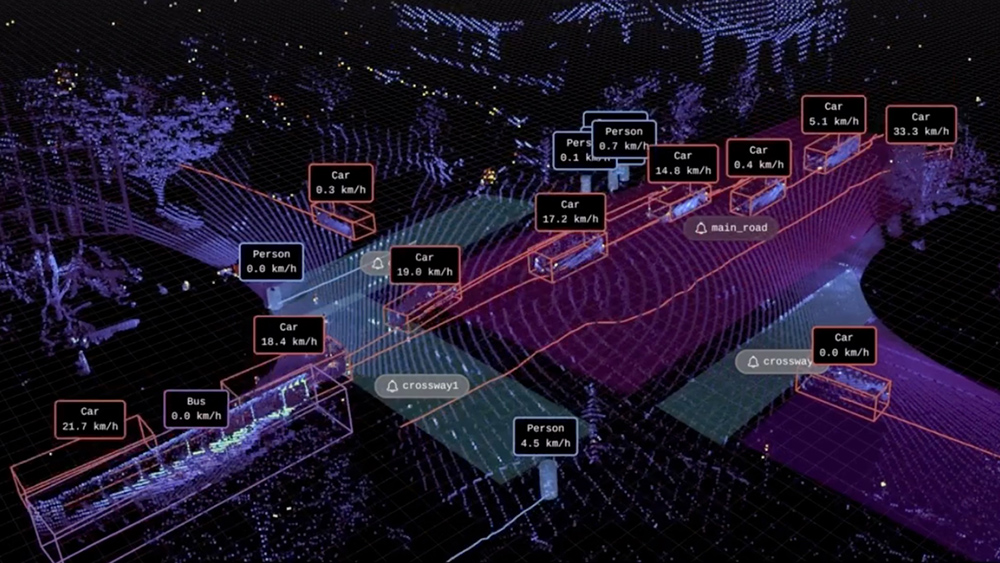
Unlike inductive loop systems, Lidar-based systems need no invasive infrastructure, being mounted on gantries or traffic poles. AEye's Lidars are also software-configurable, making them faster, easier and cheaper to install, upgrade, and service. An open SDK ensures flexible integration and the system is versatile when it comes to sensor height, pitch angle, number of lanes and types of data extracted.
Benmbarek also sees possibilities in robotics and perimeter security. “[These] are markets, that enjoy the unique capabilities of Lidar - and especially software-defined Lidar like AEye’s - to provide the level of data reliability coupled with intelligence and precision that wasn't possible before,” he believes. “Lidar has certainly emerged as a powerful tool with a wide range of potential applications, and as it becomes more affordable, it is expected to enable many applications that save or improve people's lives across the globe.”
One of the newer areas of interest to emerge is people tracking, thinks Raoul Bravo at Outsight. This can be used in airports, train stations, retail zones, parking lots, and other public places and allows for the detection, tracking, and classification of each individual element, even in large spaces.
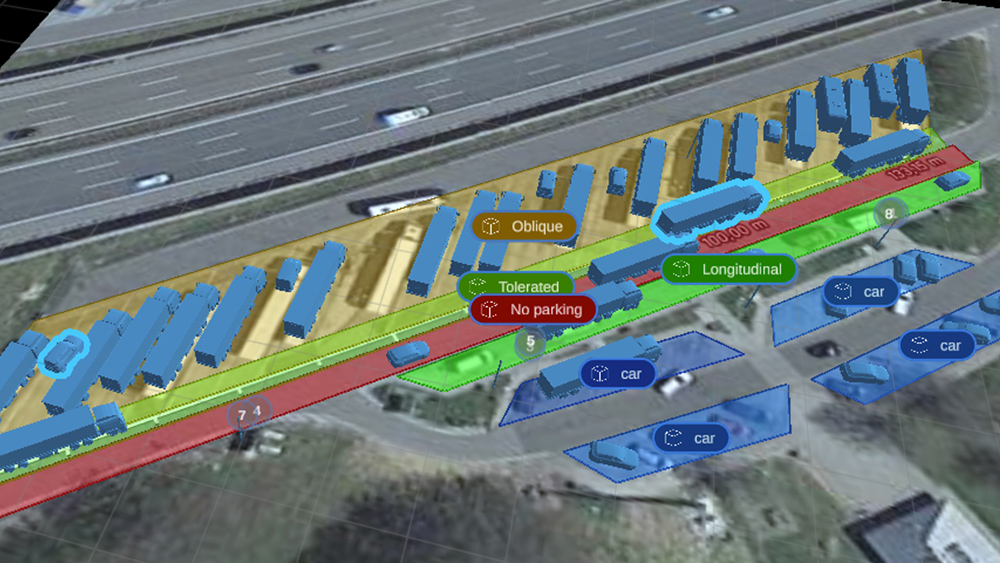
“One of the best things about Lidar solutions here is that, unlike camera face ID, Lidar data makes it possible to accurately identify and track people and things without recognising people, so this technology is completely anonymous,” Bravo says. “Another emerging area of interest is spatial intelligence and security, where Lidar can be used to track and deliver meaningful analytics about people's movements through critical areas of space. It can also be used for physical security purposes, sending out quick alerts about unexpected events if a certain metric goes over a certain threshold or if a security zone or perimeter is broken. Unlike camera face ID, Lidar can ‘read’ the environment independently of lighting or weather conditions and, thanks to software processing like Outsight’s, continuously track the movement of people and other objects.”
The bigger picture
On the subject of people movement, Seoul Robotics has recently been involved in projects using Lidar at airports. “We were looking from the kerbside to the journey through the terminal to getting into the gates,” says Seoul’s William Muller. “I think all goes hand in hand, because you can imagine that there's relevance from a city level, all the way through to when you get from a bus station to a train station, through the city streets to the airport, through the airport or to your electric or connected vehicle. It all starts building a bigger picture.”
It’s also worth mentioning truck parking monitoring,” Bravo says. “In this case, the Lidar solution has to state the status (free or occupied) of different parking zone sub-areas: Lidar is the technology of choice because it is the only one that can distinguish between trucks that are parked too close together or in an oblique position. Besides, it also works well in the dark.”
Going forward, where will Lidar ‘move the dial’ in terms of deployment and applications?

Lidar remains one of a collection of sensors required for a complete detection system, emphasises Steve Bird of Red Fox ID. “A fusion of technologies is required to produce a solution that provides a richer information set that can then be applied to tolling, Smart Cities and enforcement-type applications. As Lidar technology matures, its use in tolling applications will increase.”
Lidar is increasingly used in robotics and industrial applications, including warehouse and dock monitoring and more, and Velodyne Lidar expects this growth to accelerate over the next 12 months. Asad Lesani adds: “As we continue to build out a robust software offering for our customers, we anticipate even further adoption in the robotics sphere.”
And Lidar is already making a difference in many industries and situations outside of self-driving cars and ITS, says Raoul Bravo, including industrial crane safety, ground truth data generation, people-flow monitoring, spatial intelligence and security, forestry monitoring, and volume measurement of warehouses or truck loads.
Critical role
Seoul Robotics sees itself as a Lidar 3D perception company, deploying and scaling in the public transportation sector, including rail crossings. “I think Lidar is going to become another sensing commodity in the future,” suggests Muller. “I don't think it's ever going to be the be-all and end-all: the solution is also going to come down eventually to sensor fusion, to companies that are the glue that brings the hardware technologies together to create a unified solution.”
And while Lidar is expanding into areas outside of ITS, that doesn’t mean the technology itself is leaving the sector. “Regarding smart traffic management, Lidar has served and likely will continue to serve as a critical sensing component,” says Pierre Olivier at LeddarTech.
“Lidars are employed in intelligent traffic systems that perform functions for advanced traffic monitoring, speed measurement and enforcement, and pedestrian-crossing automation, as well as in other applications to increase safety and make traffic more efficient. I foresee that Lidar will always play a critical role in this area.”



